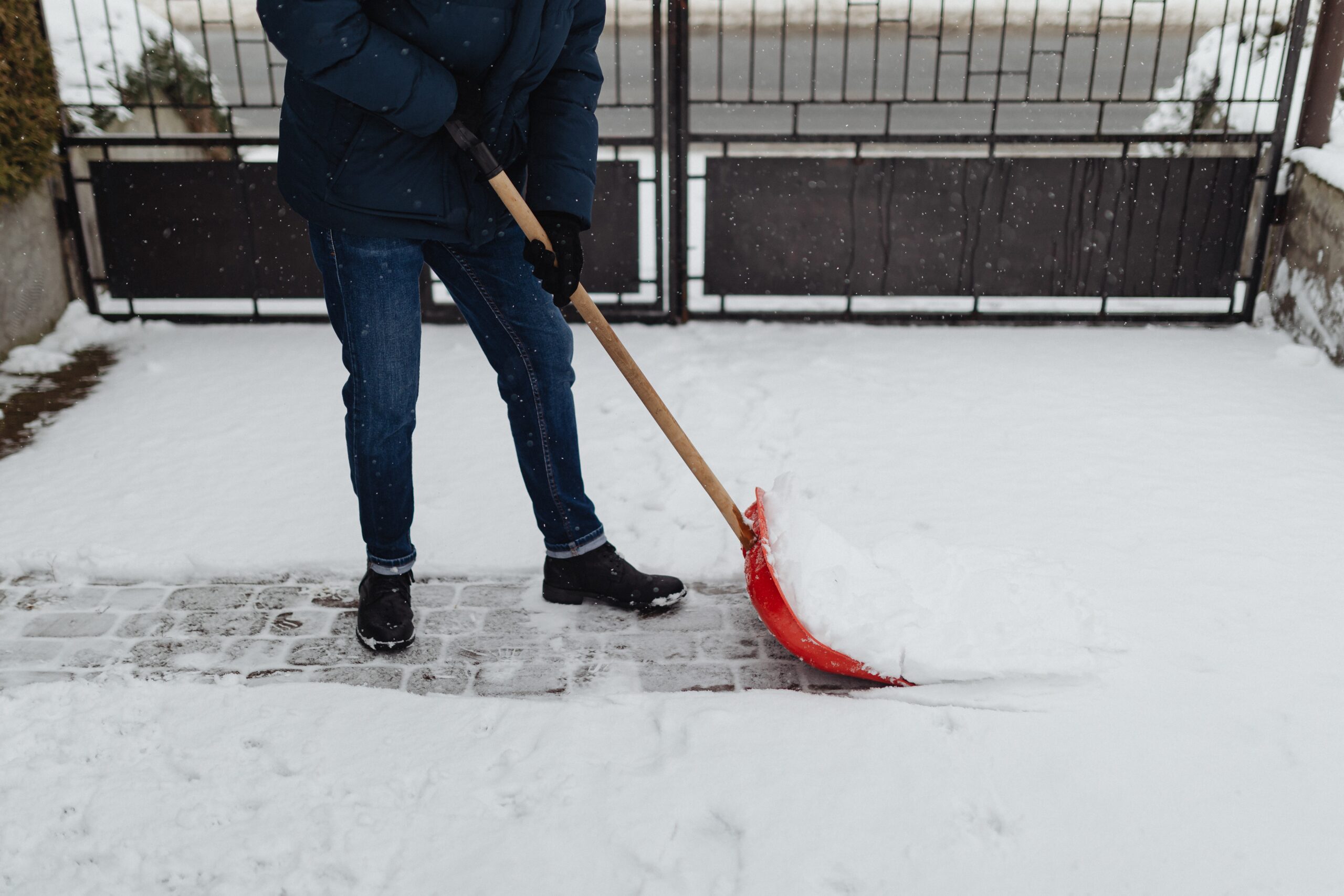So far this winter Mother Nature has been kind to those of us living in the GTA. We have had very little snowfall and only the occasional bout of really cold temperatures. While it is tempting to believe that we will escape shovelling snow this winter, the reality is that we are still in for a few snowfalls. People living in Canada are all too familiar with the routine of shovelling the driveway and sidewalks. But like brushing teeth, some people never seem to get the technique down quite right. However, serious injuries often await those who are careless.
Shovelling snow also puts an enormous strain on the heart, and in those who don’t exercise regularly, the activity could even trigger a heart attack. A sensitivity to one’s cardiac status has to be at the top of the list of snow-shovelling concerns, the heart is our most important muscle, but there are other problems such as slipping and falling while shovelling. Fractures of the ankle, wrist, and shoulder are often seen, but the most common injuries from shovelling snow are low back pain and shoulder pain.
Most injuries can be prevented with a few simple rules:
- Warm up – just like before a golf game, or at the start of an exercise class, your heart and muscles need time to adapt to the increased demand. The aim is to get your heart rate up slightly and muscles feeling warm before you start. By doing a few arm circles, side bends, and knee bends you reduce the likelihood of injury and cardiac distress.
- Use a wide shovel to push the snow to the side, and then take a smaller shovel to pitch it. Don’t throw snow over your shoulder or to the side – the back is least able to tolerate torque and twisting.
- Switch sides – It feels awkward to reverse your hand position, but your low back and shoulders will thank you. Constantly turning and lifting in one position is a sure way to wake up the next day with a sore back, shoulder or even neck.
- Limit snow shovelling sessions – most of us don’t put in more that 30-60 minutes of exercise and snow shovelling should follow suit. And make no mistake about it, snow shovelling is exercise!
- Beware of ice below the snow and other hidden tripping hazards. This usually is less of a problem when we are shovelling our own drive as we tend to know the areas of uneven pavement or lawn edging, but we may not be aware of the two inch ridge of cracked concrete on our neighbours steps that will stop your shovel dead in its track and jar your wrists and shoulders.
- Once you are back inside and warming up, take a few minutes to stretch out your low back, shoulders, and neck. Be particularly aware of any areas that are already tight or tired.
By following these strategies during the next snowfall, you should be able to prevent most shovelling injuries. However, if any aches or pains persist beyond one or two days be sure to contact your health care provider to ensure you are back in shape to enjoy all the winter activities that come along with the snow!

